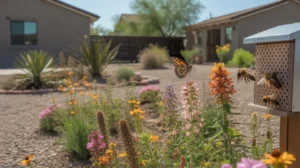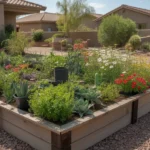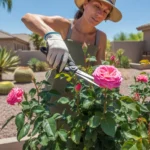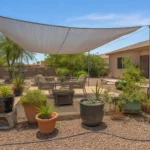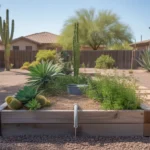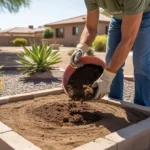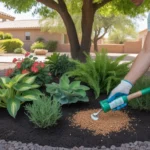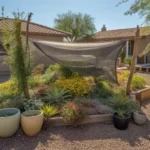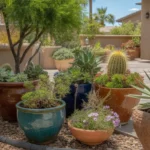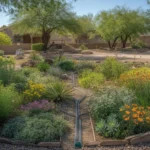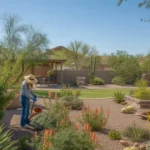Pollinator gardens are a beautiful and beneficial addition to any Gilbert yard. By providing nectar-rich flowers and host plants, you can attract essential pollinators like bees, butterflies, and hummingbirds. With some smart strategies, it’s easy to create a thriving pollinator paradise right in your own backyard.
Choose the Right Plants for Gilbert’s Climate
The key to a successful pollinator garden in Gilbert is selecting plants that are well-adapted to our hot, dry climate. Look for native species and desert-friendly varieties that can handle the intense summer heat. Some top picks for attracting pollinators in the low desert include:
- Penstemons – These spiky flowers come in a range of colors and are irresistible to hummingbirds.
- Desert Milkweed – A must-have for monarch butterflies, which lay their eggs exclusively on milkweed plants.
- Fairy Duster – Delicate red blossoms on feathery foliage are a favorite of bees and butterflies alike.
- Yellow Bells – Bright golden trumpet flowers that hummingbirds can’t resist.
- Chuparosa – This hardy shrub produces tubular red flowers that are perfect for hummingbirds.
Aim to include a diverse mix of flower shapes, colors, and blooming seasons to support pollinators year-round. Clustering plants in drifts makes it easier for pollinators to spot them. And don’t forget to include some native bunchgrasses – they provide nesting sites for bees and caterpillar food for butterflies.
Provide Shelter and Water
In addition to nectar and pollen, your tiny garden guests need places to rest and lay eggs. Leave some wild, unmulched areas where native bees can burrow and nest. You can also put out bee hotels – small wooden structures with hollow reeds or drilled holes.
Butterflies love basking in the sun, so place a few flat rocks in your garden where they can warm their wings. A shallow birdbath or dish of wet sand provides essential moisture and minerals.
Avoid Pesticides and Let Caterpillars Munch
Pollinator gardens and pesticides don’t mix. Even organic and natural pest control products can harm bees and butterflies. It’s best to avoid spraying anything and let nature find its own balance.
Keep in mind that butterfly caterpillars need to eat their host plants – so expect some chewed leaves on milkweeds, passion vines, and other larval favorites. Plant extra if you want to enjoy the flowers yourself.
Plan Your Layout for Beauty and Function
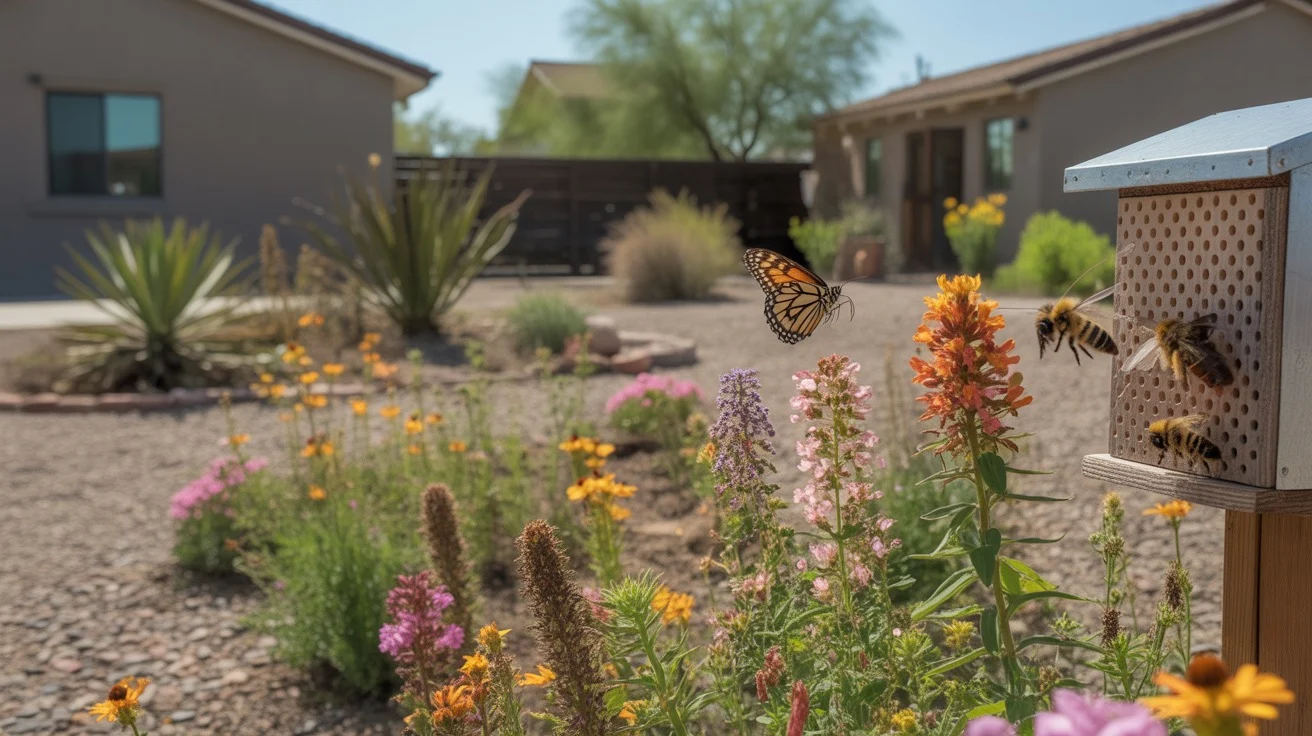
Design your pollinator garden with both aesthetics and practicality in mind. Place taller plants like milkweeds and shrubs in the back, with lower-growing flowers in front. Use curving borders and group plants in odd numbers for a natural look.
If you have the space, consider creating a series of smaller connected gardens throughout your yard. This gives pollinators more foraging options and allows you to enjoy the colorful blooms from various vantage points.
Placing your pollinator plants in a spot with morning sun and some afternoon shade helps prevent wilting in Gilbert’s intense heat. Locate gardens away from play areas and patios to give pollinators a peaceful space to work.
Enjoy the Buzz of a Healthy Ecosystem
With the right mix of plants, shelter, and water, your Gilbert yard can become a pollinator oasis. You’ll be rewarded with the vibrant colors of blooming flowers and the fascinating antics of busy bees, fluttering butterflies, and zippy hummingbirds.
By providing for pollinators’ needs, you’re also supporting the health of your garden and the wider ecosystem. So get planting and enjoy being part of the pollinator solution! With some smart strategies, your Gilbert yard can hum with the productive buzz of these tiny but essential garden allies.

